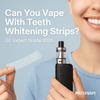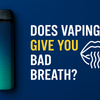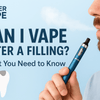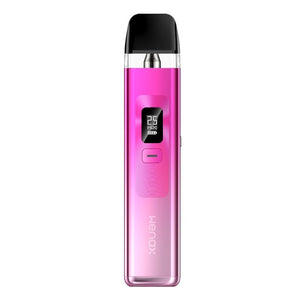Diving Deep into Tobacco-Free Snus: A Comprehensive Guide
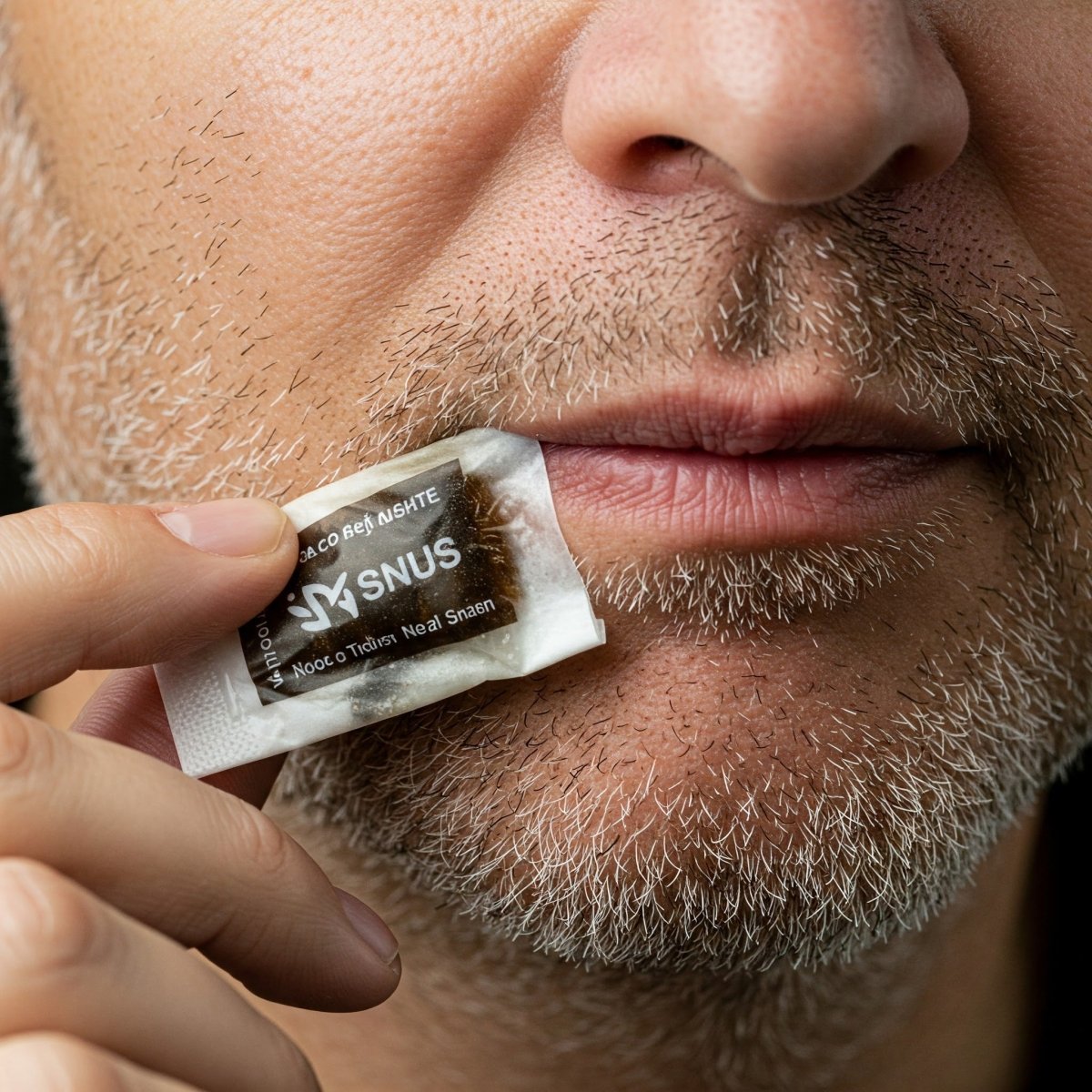
Diving Deep into Tobacco-Free Snus: A Comprehensive Guide
Tobacco-free snus, also known as nicotine pouches or "all-white snus," has emerged as a popular alternative for individuals seeking a smoke-free nicotine experience. It's crucial to understand what this product is, how it differs from traditional snus, its potential benefits and risks, and the regulatory landscape surrounding it, especially within the UK. This comprehensive guide aims to provide you with all the information you need to make informed decisions about tobacco-free snus.
What is Tobacco-Free Snus?
At its core, tobacco-free snus, or nicotine pouches, are small, pre-portioned pouches containing nicotine and flavourings, but without any tobacco leaf. They are designed to be placed under the upper lip, where the nicotine is absorbed through the gum. This method of delivery avoids the harmful combustion associated with smoking, making it a potentially less harmful alternative.
It's important to distinguish tobacco-free snus from traditional snus. Traditional snus is a smokeless tobacco product that originated in Sweden. It contains tobacco, nicotine, and other ingredients. Tobacco-free snus, on the other hand, is entirely devoid of tobacco. This distinction is critical, as it significantly impacts the potential health risks associated with each product.
Key Differences Between Tobacco-Free Snus and Traditional Snus:
| Feature | Tobacco-Free Snus (Nicotine Pouches) | Traditional Snus |
| Tobacco | No | Yes |
| Nicotine | Yes (varying strengths) | Yes |
| Combustion | No | No |
| Odour | Generally less noticeable | More noticeable |
| Staining | Less likely to stain teeth | More likely |
| Health Risks | Potentially lower due to no tobacco | Higher due to tobacco content |
| Regulation | Varies depending on nicotine content | Often regulated as a tobacco product |
Ingredients in Tobacco-Free Snus:
While formulations can vary between brands, some common ingredients found in tobacco-free snus include:
- Nicotine: The addictive stimulant. Nicotine pouches come in a range of strengths.
- Plant-based fibres: These form the pouch and provide texture.
- Flavourings: A wide variety of flavours are used, including mint, fruit, and even coffee.
- Sweeteners: Often used to enhance the flavour profile.
- pH adjusters: These help to control the pH level of the product.
- Moisturizers: Keep the pouch moist and comfortable.
Potential Benefits of Tobacco-Free Snus:
- Reduced Harm Compared to Smoking: The primary benefit often cited is that tobacco-free snus avoids the harmful combustion products present in cigarette smoke. This significantly reduces exposure to carcinogens and other toxic substances.
- Smoke-Free Alternative: It offers a discreet and smoke-free way to consume nicotine, which can be appealing to those who wish to avoid second-hand smoke or want a more socially acceptable option.
- Potential Aid in Smoking Cessation: Some individuals use nicotine pouches as a stepping stone to quitting nicotine altogether. While not a medically approved cessation device, it can provide a familiar ritual and nicotine delivery without the harmful effects of smoking.
Potential Risks and Considerations:
While generally considered less harmful than smoking, tobacco-free snus is not risk-free. It's essential to be aware of the potential downsides:
- Nicotine Addiction: Nicotine is highly addictive, and nicotine pouches can lead to dependence. This can make it difficult to quit using them.
- Nicotine Overdose: Using too many pouches or pouches with a high nicotine content can lead to nicotine overdose, with symptoms like nausea, vomiting, dizziness, and palpitations.
- Unknown Long-Term Effects: Because tobacco-free snus is a relatively new product, the long-term health effects are not yet fully understood. More research is needed to assess any potential long-term risks.
- Oral Health: While less likely to stain teeth than traditional snus, some users may experience gum irritation or other oral health issues.
- Gateway Product: There is concern that nicotine pouches could act as a gateway product, particularly for young people, potentially leading them to use other tobacco or nicotine products, including cigarettes.
- Regulation and Quality Control: The regulatory landscape for tobacco-free snus varies, and this can impact product quality and safety. It's crucial to choose reputable brands that adhere to strict manufacturing standards.
Tobacco-Free Snus in the UK:
The regulation of tobacco-free snus in the UK is complex and depends on the nicotine content. Products containing nicotine are subject to the Tobacco and Related Products Regulations 2016 (TRPR), which include restrictions on advertising, packaging, and nicotine strength. Nicotine-free pouches are not subject to these regulations. It's crucial to be aware of the current regulations before purchasing or using these products.
Choosing the Right Tobacco-Free Snus:
If you're considering using tobacco-free snus, here are some factors to consider:
- Nicotine Strength: Start with a low nicotine strength and gradually increase if needed. Be aware of your own nicotine tolerance.
- Flavour: Experiment with different flavours to find one you enjoy.
- Brand Reputation: Choose reputable brands that prioritize quality and safety. Look for brands that provide clear information about ingredients and manufacturing processes.
- Pouch Size: Pouches come in different sizes; choose one that feels comfortable under your lip.
Quitting Tobacco-Free Snus:
If you're looking to quit using nicotine pouches, here are some tips:
- Gradually Reduce Nicotine Intake: Don't try to quit cold turkey. Gradually reduce the number of pouches you use or switch to pouches with a lower nicotine strength.
- Identify Triggers: Identify situations or habits that trigger your use of nicotine pouches and find alternative ways to cope with these triggers.
- Seek Support: Talk to your doctor or a smoking cessation specialist for support and guidance. They can provide you with resources and strategies to help you quit.
- Stay Persistent: Quitting nicotine can be challenging, but it's possible. Don't give up if you experience setbacks.
The Importance of Research and Informed Decisions:
This blog post provides a general overview of tobacco-free snus. It's crucial to conduct your own research and consult with healthcare professionals before using any nicotine product. Stay informed about the latest research and regulations surrounding these products. Remember that while potentially less harmful than smoking, tobacco-free snus is not without risks. Making informed decisions is essential for protecting your health.
Disclaimer: This blog post is for informational purposes only and does not constitute medical advice. Please consult with a healthcare professional1 before using any nicotine product. The information provided here is based on currently available research and regulations, which may be subject to change. Always check the latest guidelines and regulations before purchasing or using tobacco-free snus.
-
Posted in
snus

